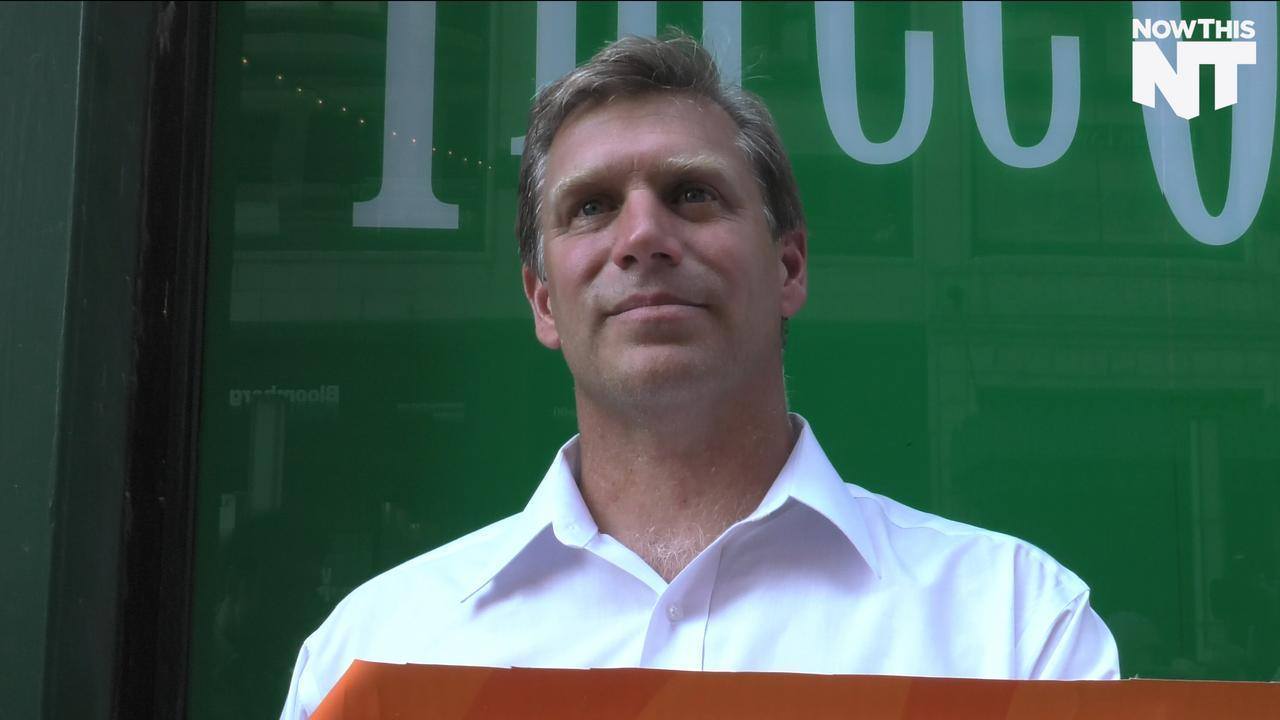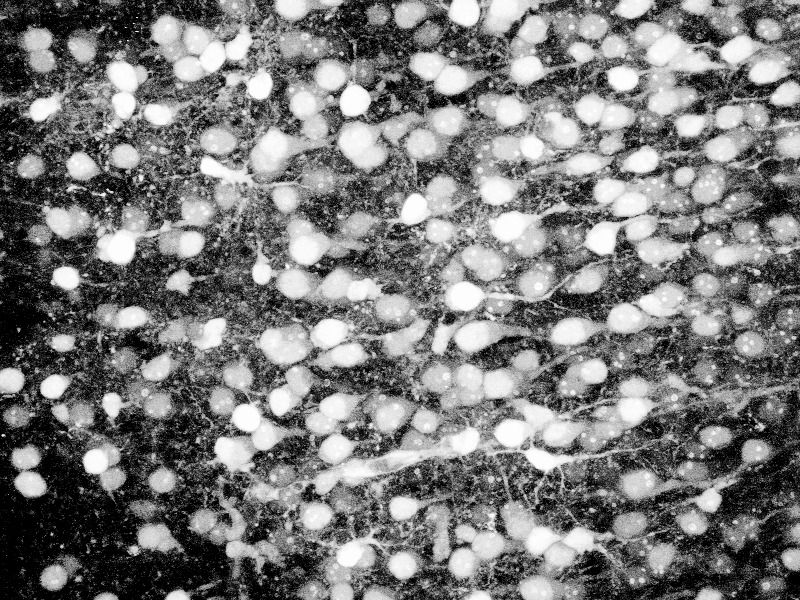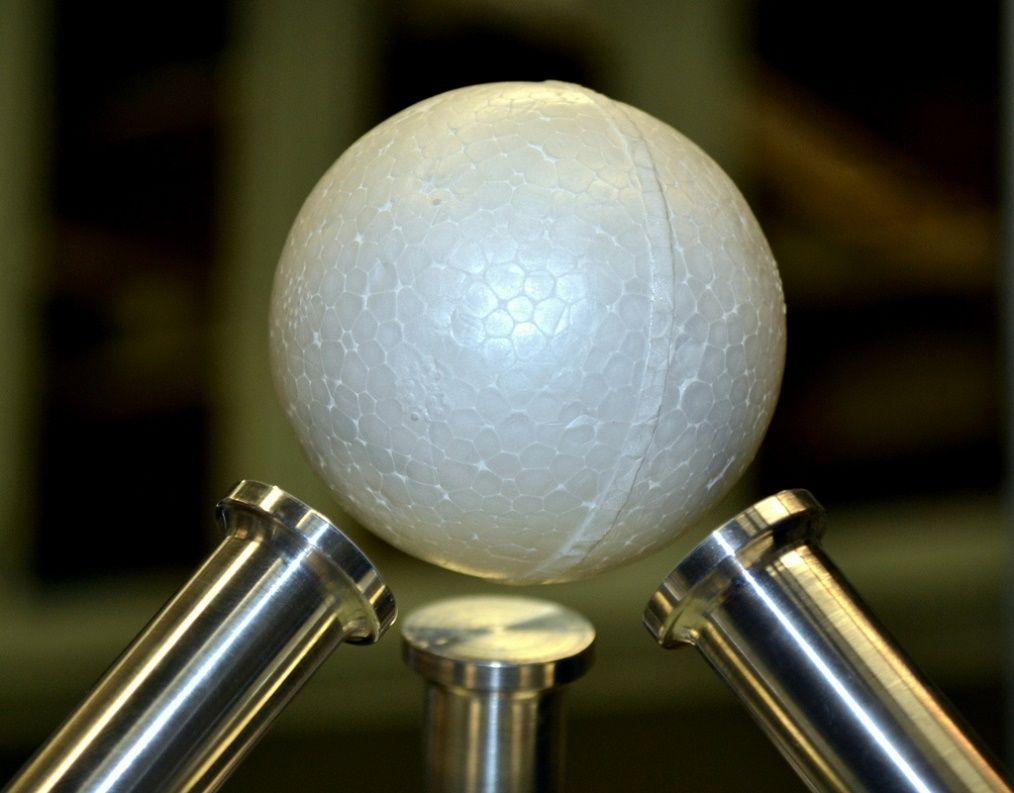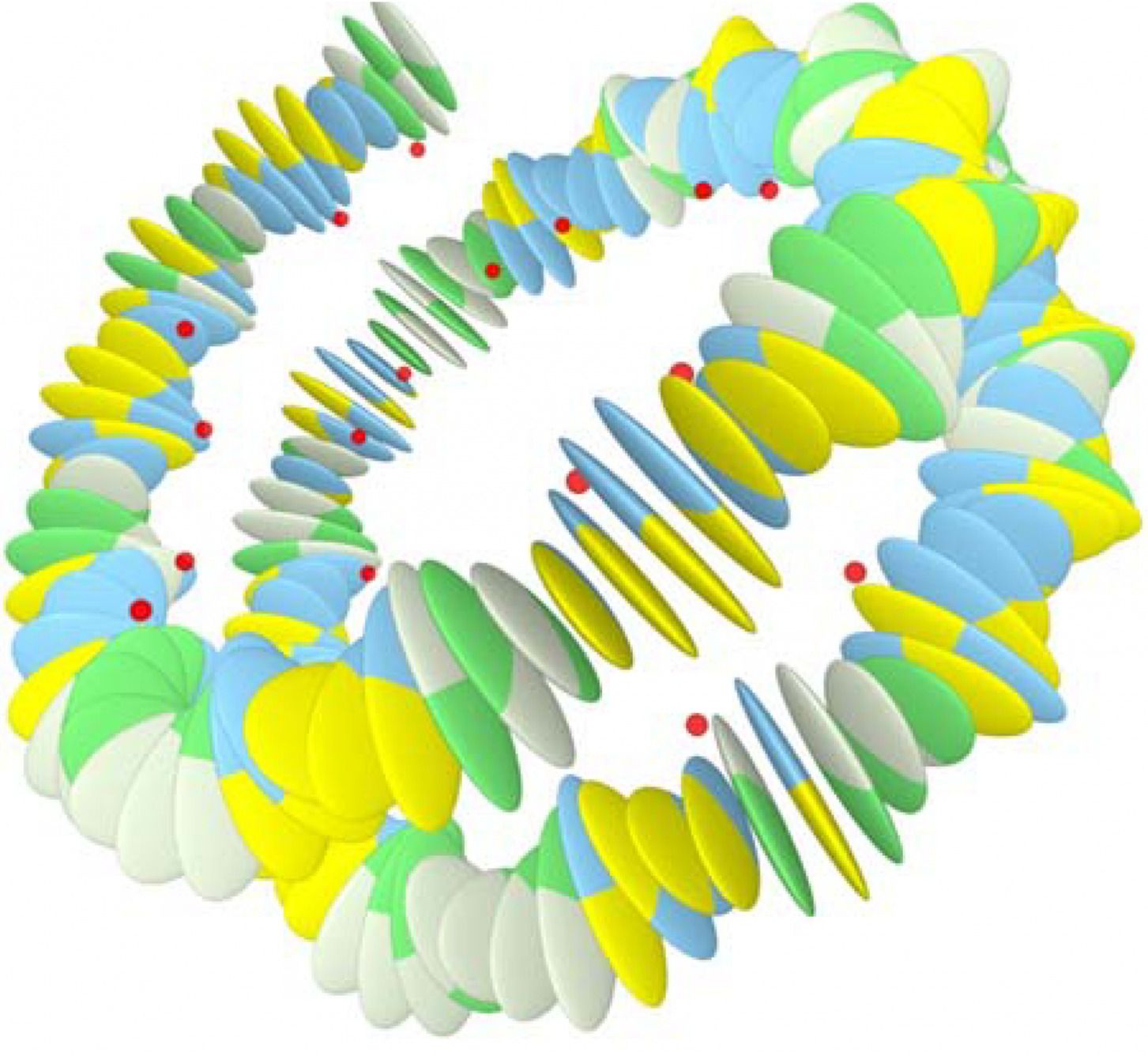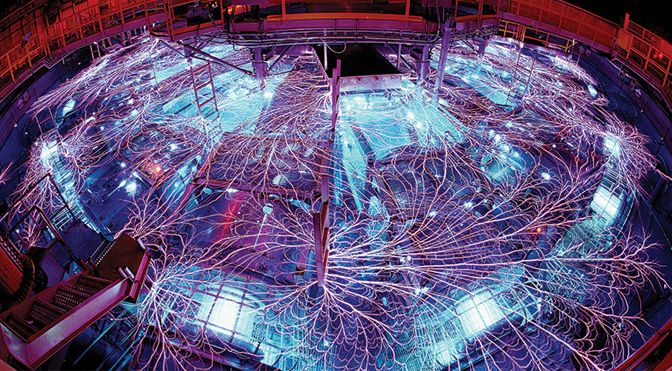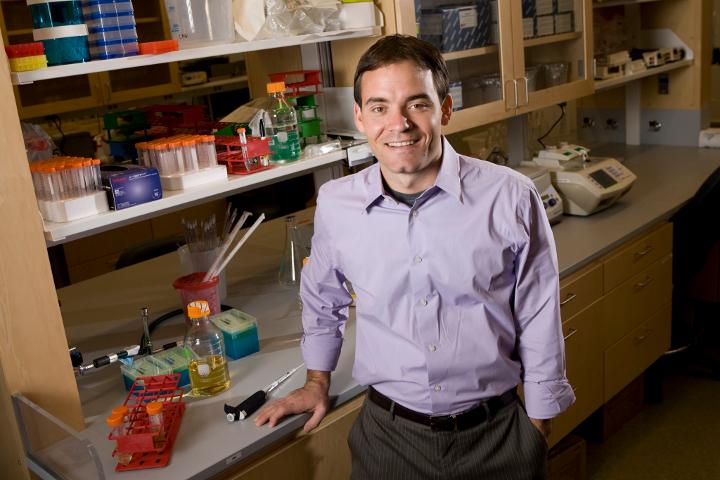Page 10988
Aug 13, 2016
72 Stunning Things in The Future That Will be Common Ten Years From Now That Don’t Exist Today
Posted by Klaus Baldauf in categories: mobile phones, transportation
How many things do we own, that are common today, that didn’t exist 10 years ago? The list is probably longer than you think.
Prior to the iPhone coming out in 2007, we didn’t have smartphones with mobile apps, decent phone cameras for photos/videos, mobile maps, mobile weather, or even mobile shopping.
None of the mobile apps we use today existed 10 years ago: Twitter, Facebook, Youtube, Instagram, Snapchat, Uber, Facetime, LinkedIn, Lyft, Whatsapp, Netflix, Pandora, or Pokemon Go.
Aug 13, 2016
The White House’s new Messenger bot lets citizens send notes to President Obama — By Sarah Perez | TechCrunch
Posted by Odette Bohr Dienel in categories: government, robotics/AI
“Sending a letter to the White House is getting a digital upgrade … In addition to accepting hand-written missives by postal mail and emails, the public can now send a note to President Obama via Facebook.”
Aug 13, 2016
Genetic Engineering Will Change Everything Forever – CRISPR
Posted by Shailesh Prasad in categories: bioengineering, biotech/medical, genetics, media & arts
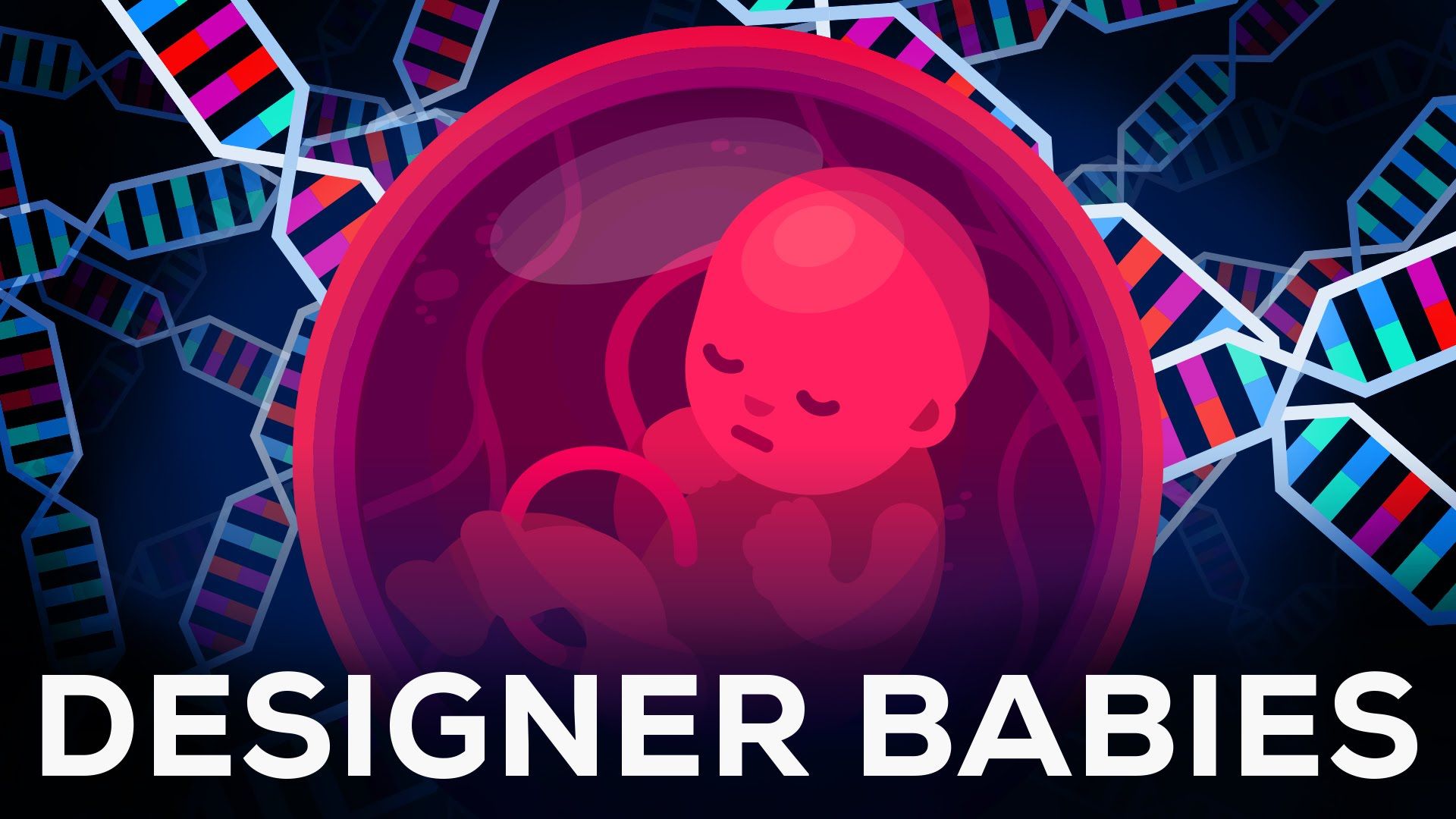
Designer babies, the end of diseases, genetically modified humans that never age. Outrageous things that used to be science fiction are suddenly becoming reality. The only thing we know for sure is that things will change irreversibly.
Support us on Patreon so we can make more videos (and get cool stuff in return): https://www.patreon.com/Kurzgesagt?ty=h
Continue reading “Genetic Engineering Will Change Everything Forever – CRISPR” »
Aug 13, 2016
Researchers ‘reprogram’ network of brain cells in mice with thin beam of light
Posted by Shailesh Prasad in categories: computing, neuroscience
Neurons that fire together really do wire together, says a new study in Science, suggesting that the three-pound computer in our heads may be more malleable than we think.
In the latest issue of Science, neuroscientists at Columbia University demonstrate that a set of neurons trained to fire in unison could be reactivated as much as a day later if just one neuron in the network was stimulated. Though further research is needed, their findings suggest that groups of activated neurons may form the basic building blocks of learning and memory, as originally hypothesized by psychologist Donald Hebb in the 1940s.
“I always thought the brain was mostly hard-wired,” said the study’s senior author, Dr. Rafael Yuste, a neuroscience professor at Columbia University. “But then I saw the results and said ‘Holy moly, this whole thing is plastic.’ We’re dealing with a plastic computer that’s constantly learning and changing.”
Continue reading “Researchers ‘reprogram’ network of brain cells in mice with thin beam of light” »
Aug 13, 2016
Researchers demonstrate acoustic levitation of a large sphere
Posted by Shailesh Prasad in category: futurism
When placed in an acoustic field, small objects experience a net force that can be used to levitate the objects in air. In a new study, researchers have experimentally demonstrated the acoustic levitation of a 50-mm (2-inch) solid polystyrene sphere using ultrasound—acoustic waves that are above the frequency of human hearing.
The demonstration is one of the first times that an object larger than the wavelength of the acoustic wave has been acoustically levitated. Previously, this has been achieved only for a few specific cases, such as wire-like and planar objects. In the new study, the levitated sphere is 3.6 times larger than the 14-mm acoustic wavelength used here.
The researchers, Marco Andrade and Julio Adamowski at the University of São Paulo in Brazil, along with Anne Bernassau at Heriot-Watt University in Edinburgh, UK, have published a paper on the acoustic levitation demonstration in a recent issue of Applied Physics Letters.
Aug 13, 2016
DARPA is Working to Make Homes That Grow And Can Repair Themselves
Posted by Shailesh Prasad in categories: engineering, habitats
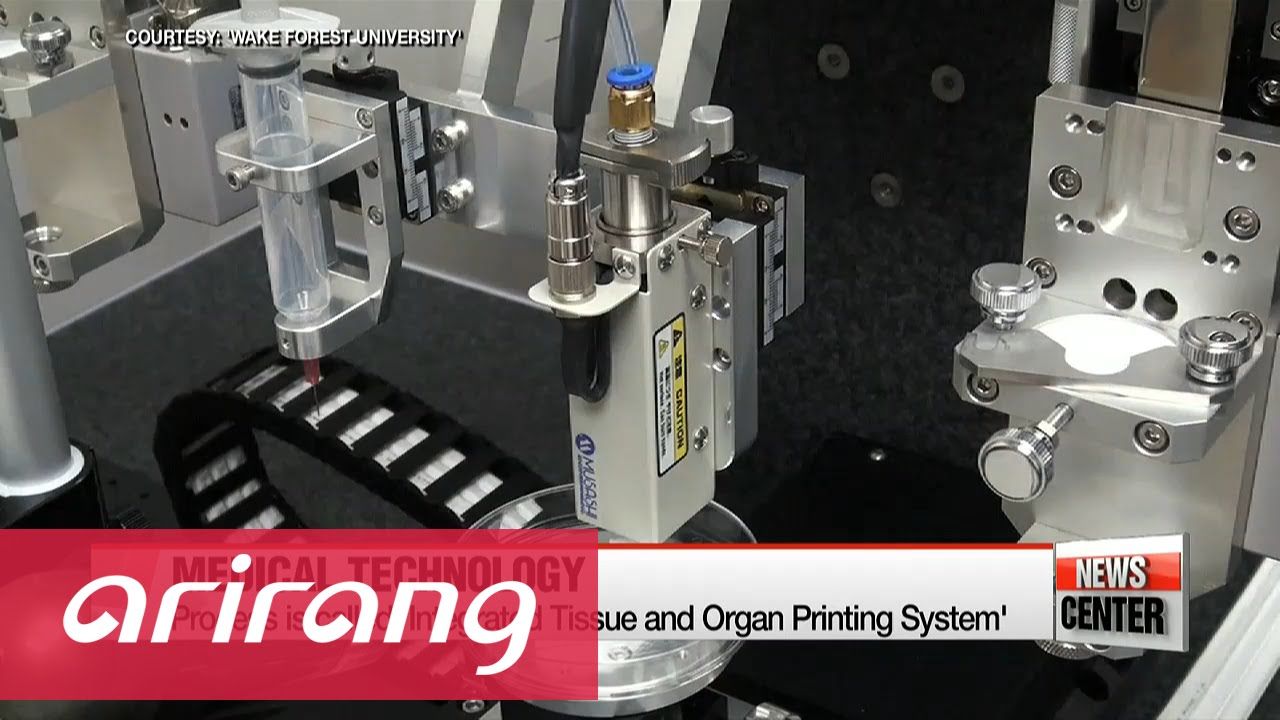
DARPA has just launched the Engineering Living Materials program, with a vision to create building materials that grow on-site. The materials would be used to construct buildings that repair themselves and adapt to the environment.
The Defense Advanced Research Projects Agency (DARPA) has certainly had its hand in making the gizmos and gadgets we enjoy into a reality. The agency is still hard at work blazing the trail for the tech of the future, issuing challenges for the creation of the most advanced things on this Earth.
Continue reading “DARPA is Working to Make Homes That Grow And Can Repair Themselves” »
Aug 13, 2016
Second layer of information in DNA confirmed
Posted by Shailesh Prasad in categories: biotech/medical, genetics, physics
Leiden theoretical physicists have proven that DNA mechanics, in addition to genetic information in DNA, determines who we are. Helmut Schiessel and his group simulated many DNA sequences and found a correlation between mechanical cues and the way DNA is folded. They have published their results in PLoS One.
When James Watson and Francis Crick identified the structure of DNA molecules in 1953, they revealed that DNA information determines who we are. The sequence of the letters G, A, T and C in the famous double helix determines what proteins are made ny our cells. If you have brown eyes, for example, this is because a series of letters in your DNA encodes for proteins that build brown eyes. Each cell contains the exact same letter sequence, and yet every organ behaves differently. How is this possible?
Aug 13, 2016
Scientists are closing in on turning hydrogen into a metal
Posted by Shailesh Prasad in category: materials
Aug 13, 2016
Directly reprogramming a cell’s identity with gene editing
Posted by Shailesh Prasad in categories: bioengineering, biotech/medical, genetics, neuroscience
Researchers have used CRISPR—a revolutionary new genetic engineering technique—to convert cells isolated from mouse connective tissue directly into neuronal cells.
In 2006, Shinya Yamanaka, a professor at the Institute for Frontier Medical Sciences at Kyoto University at the time, discovered how to revert adult connective tissue cells, called fibroblasts, back into immature stem cells that could differentiate into any cell type. These so-called induced pluripotent stem cells won Yamanaka the Nobel Prize in medicine just six years later for their promise in research and medicine.
Since then, researchers have discovered other ways to convert cells between different types. This is mostly done by introducing many extra copies of “master switch” genes that produce proteins that turn on entire genetic networks responsible for producing a particular cell type.
